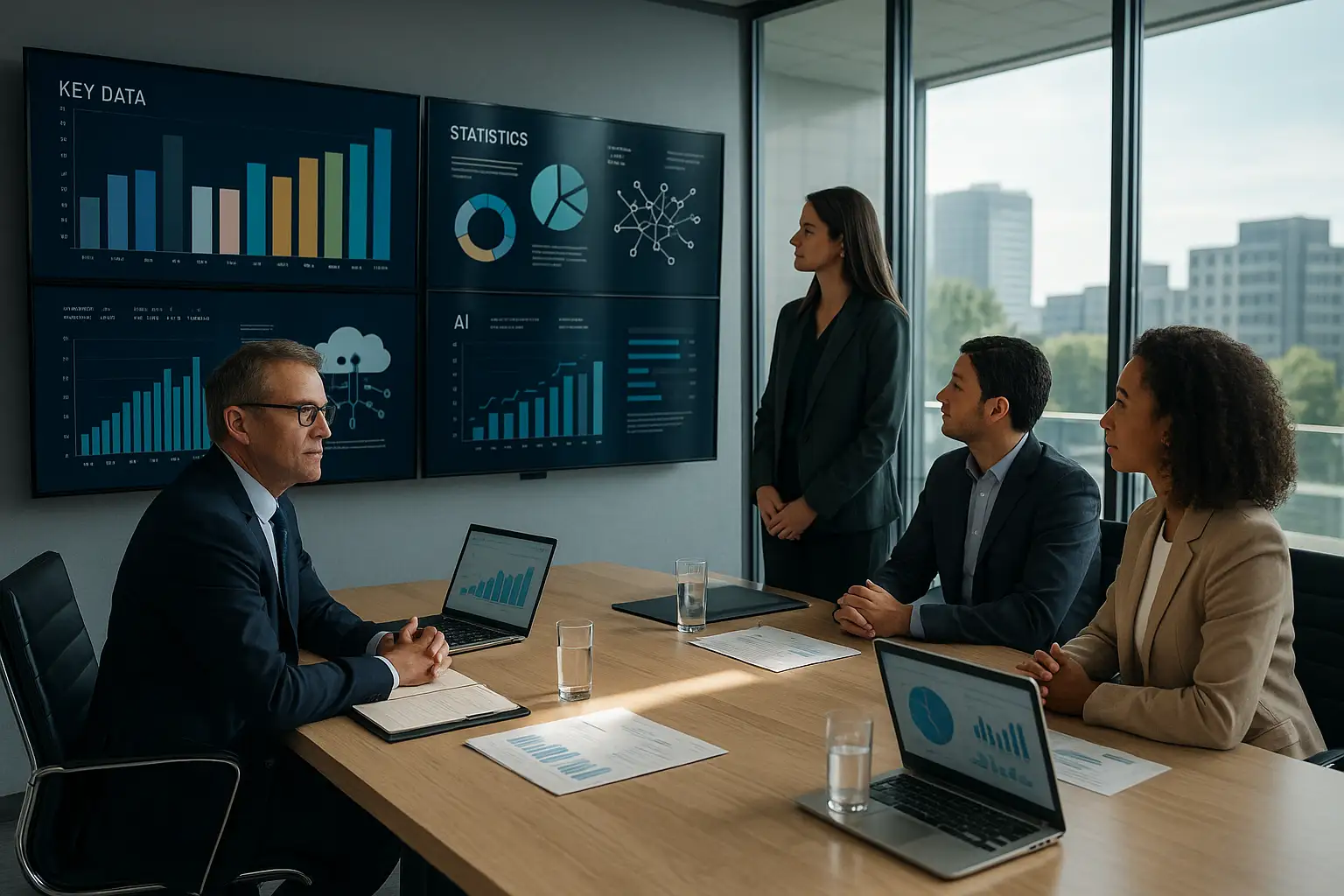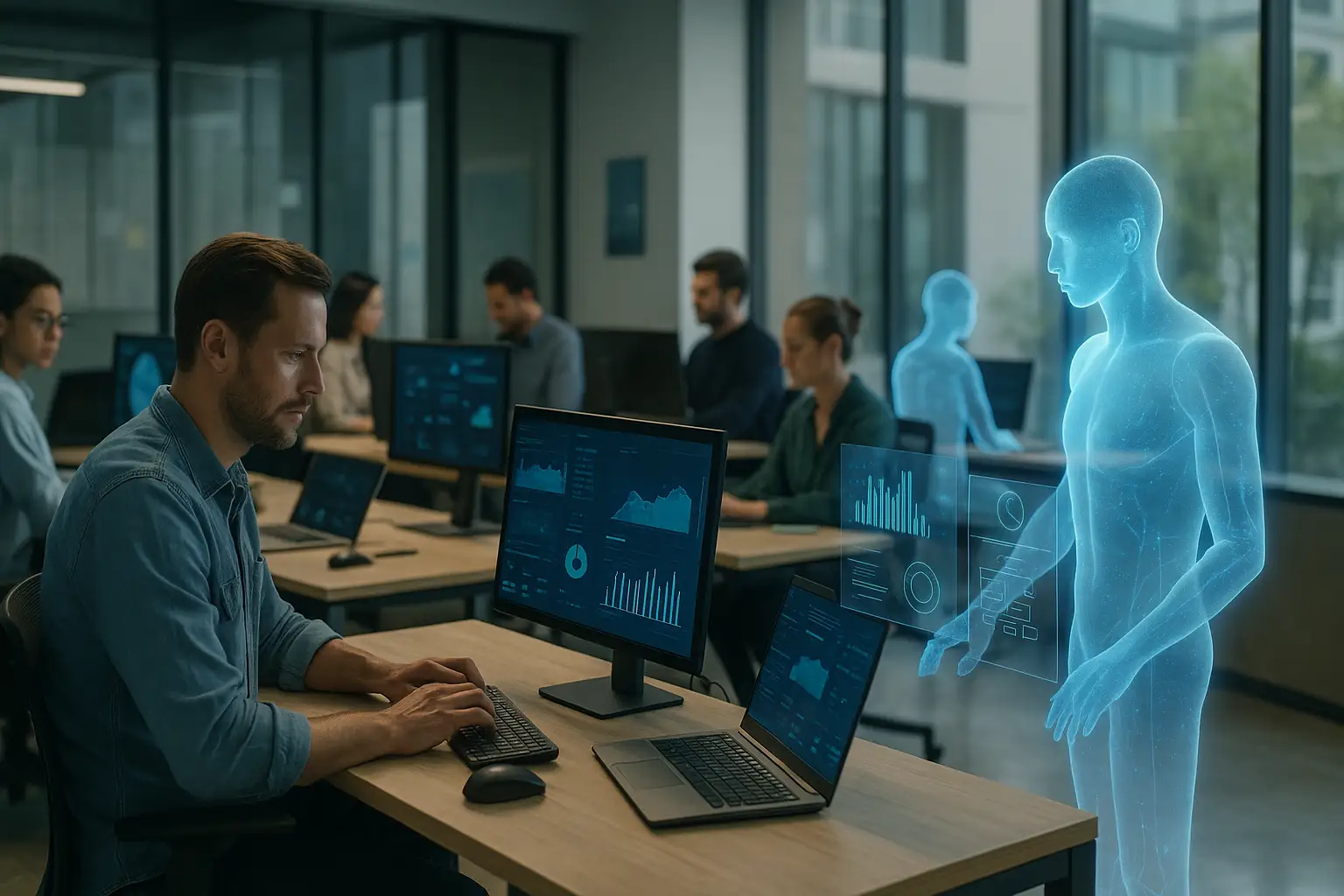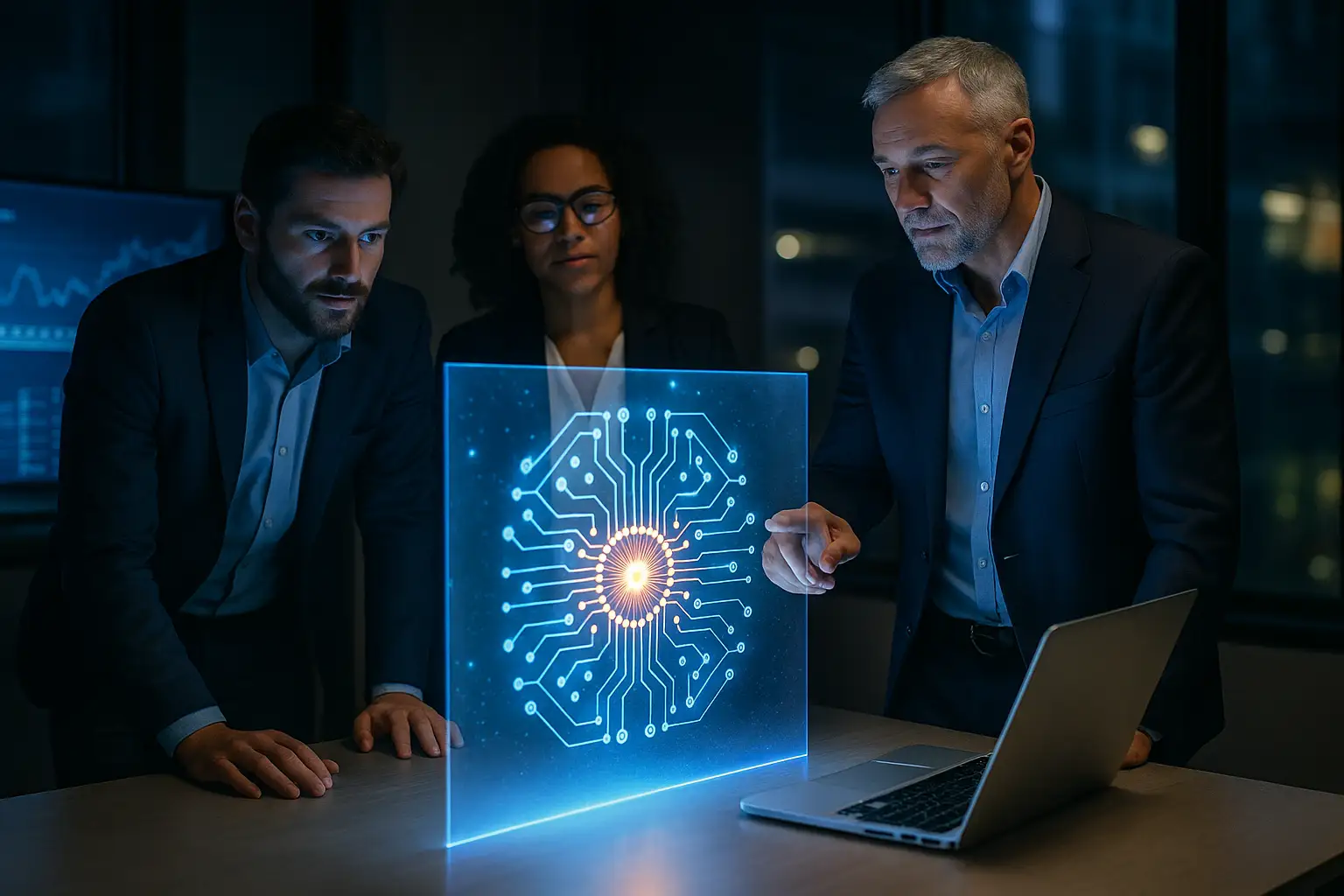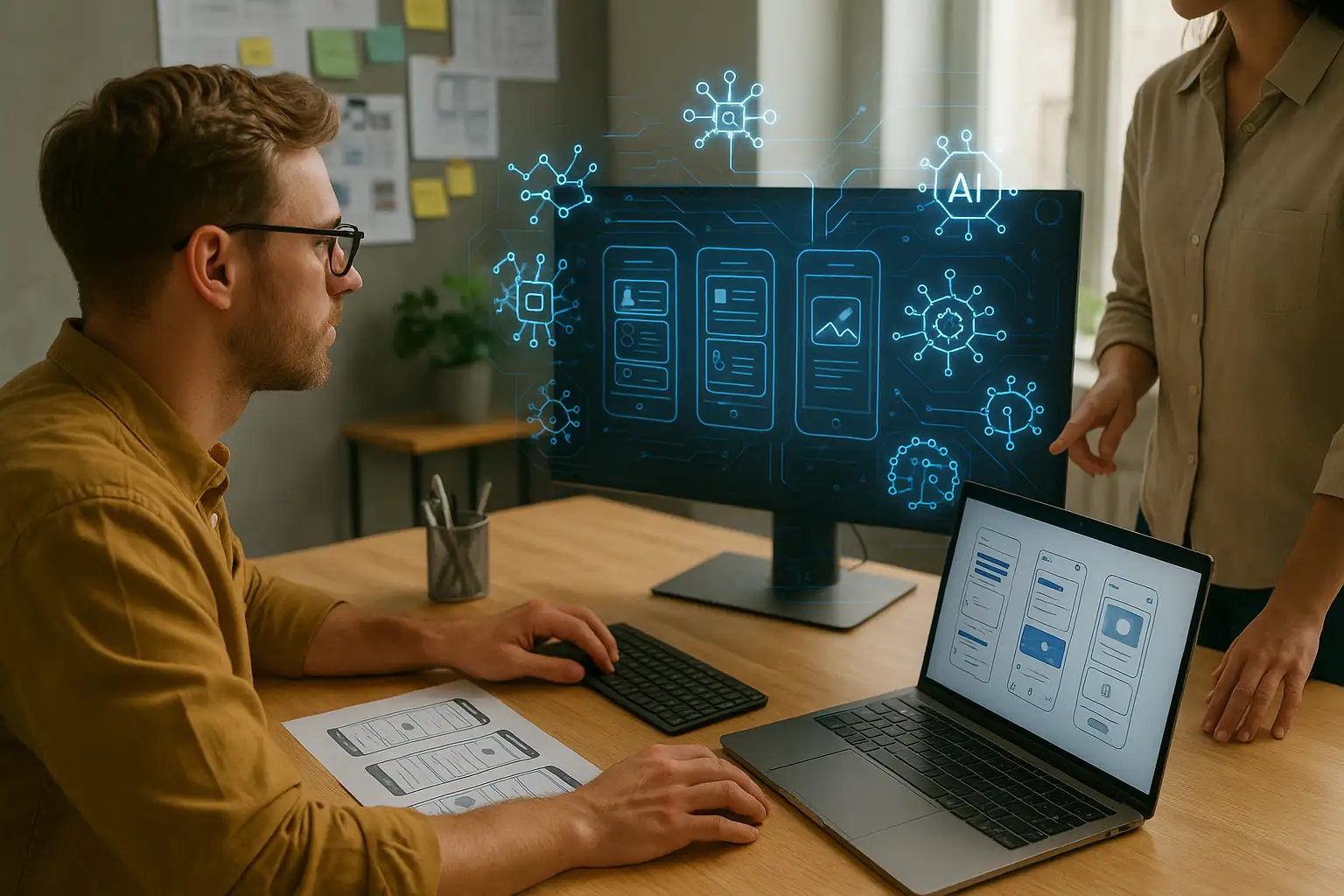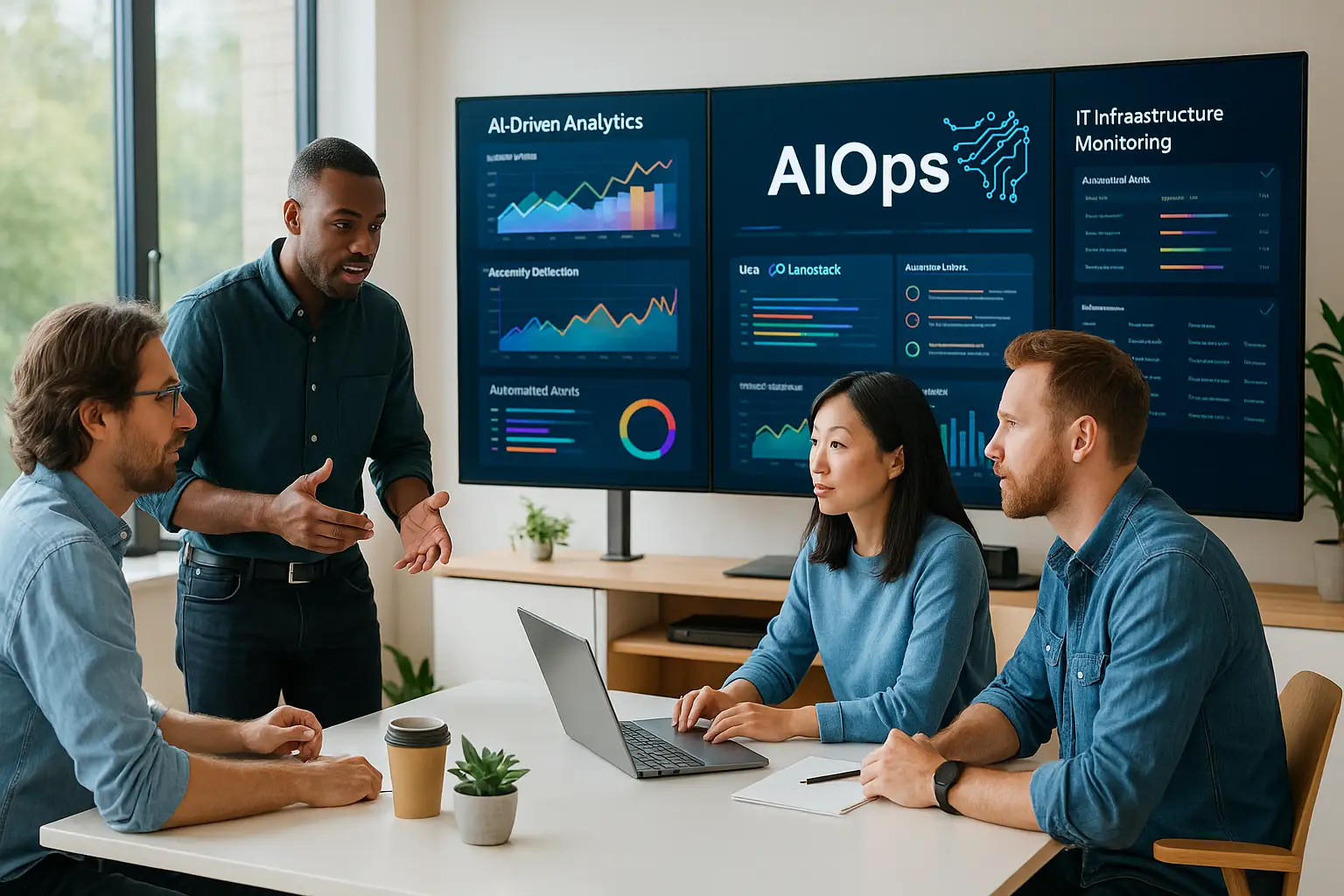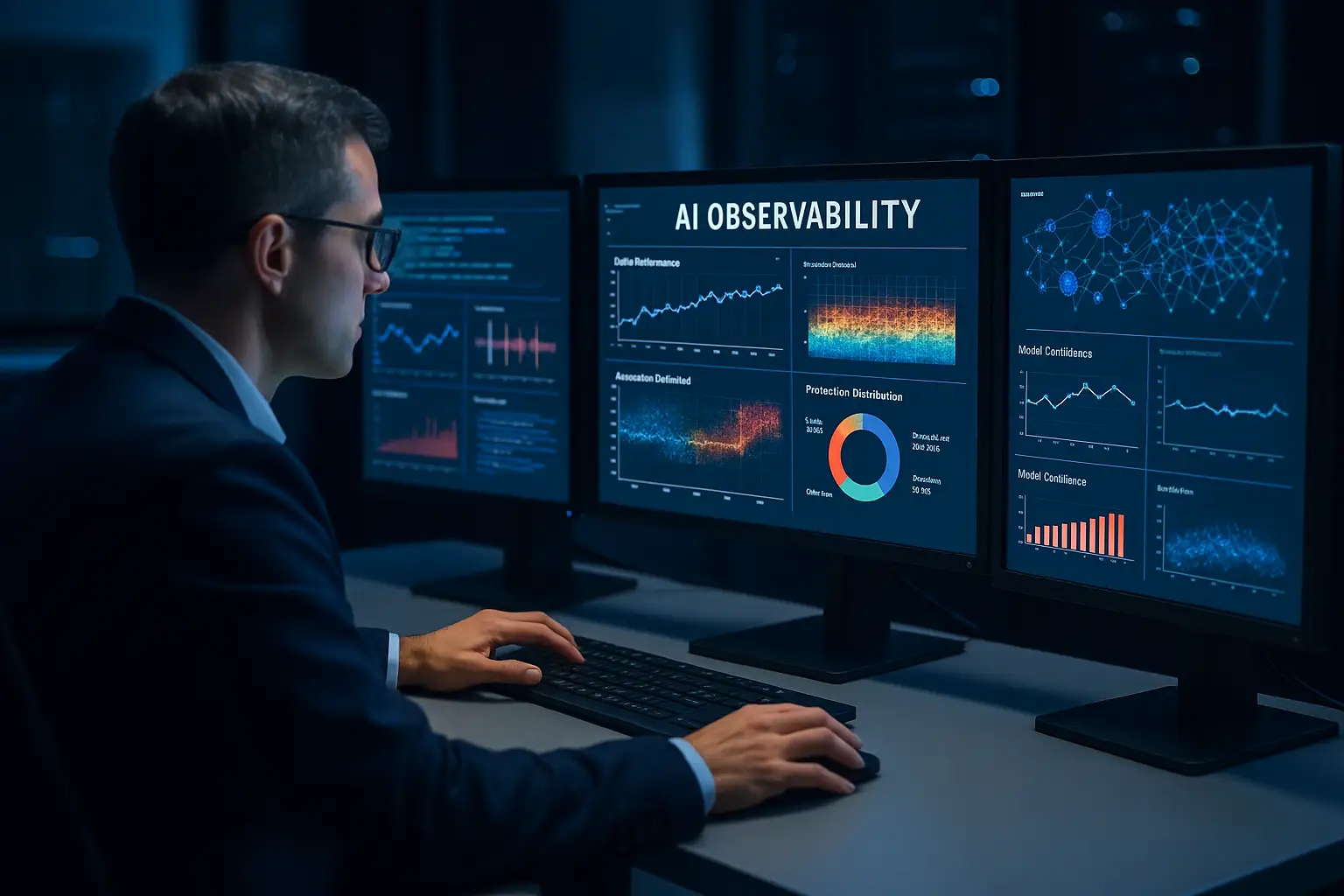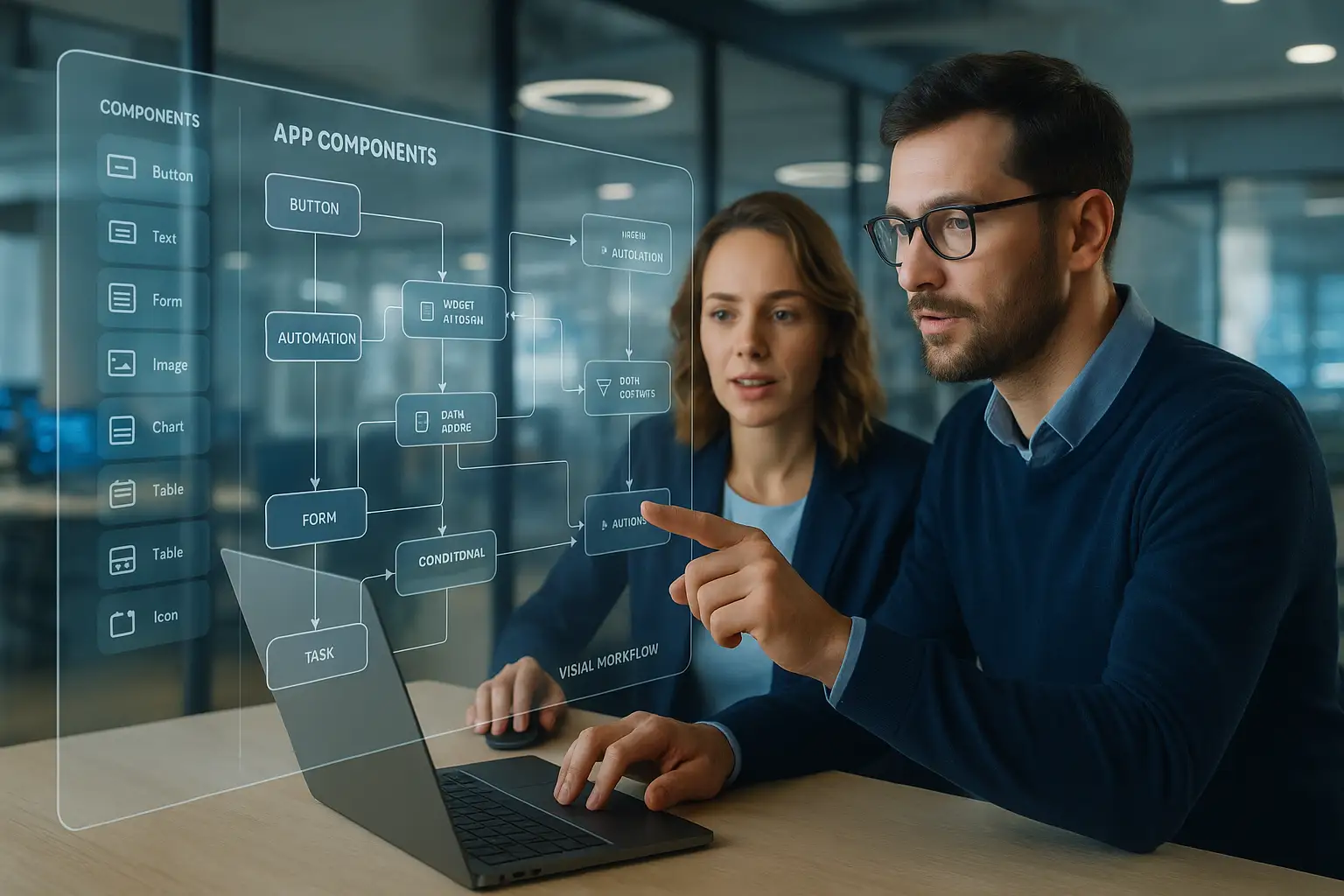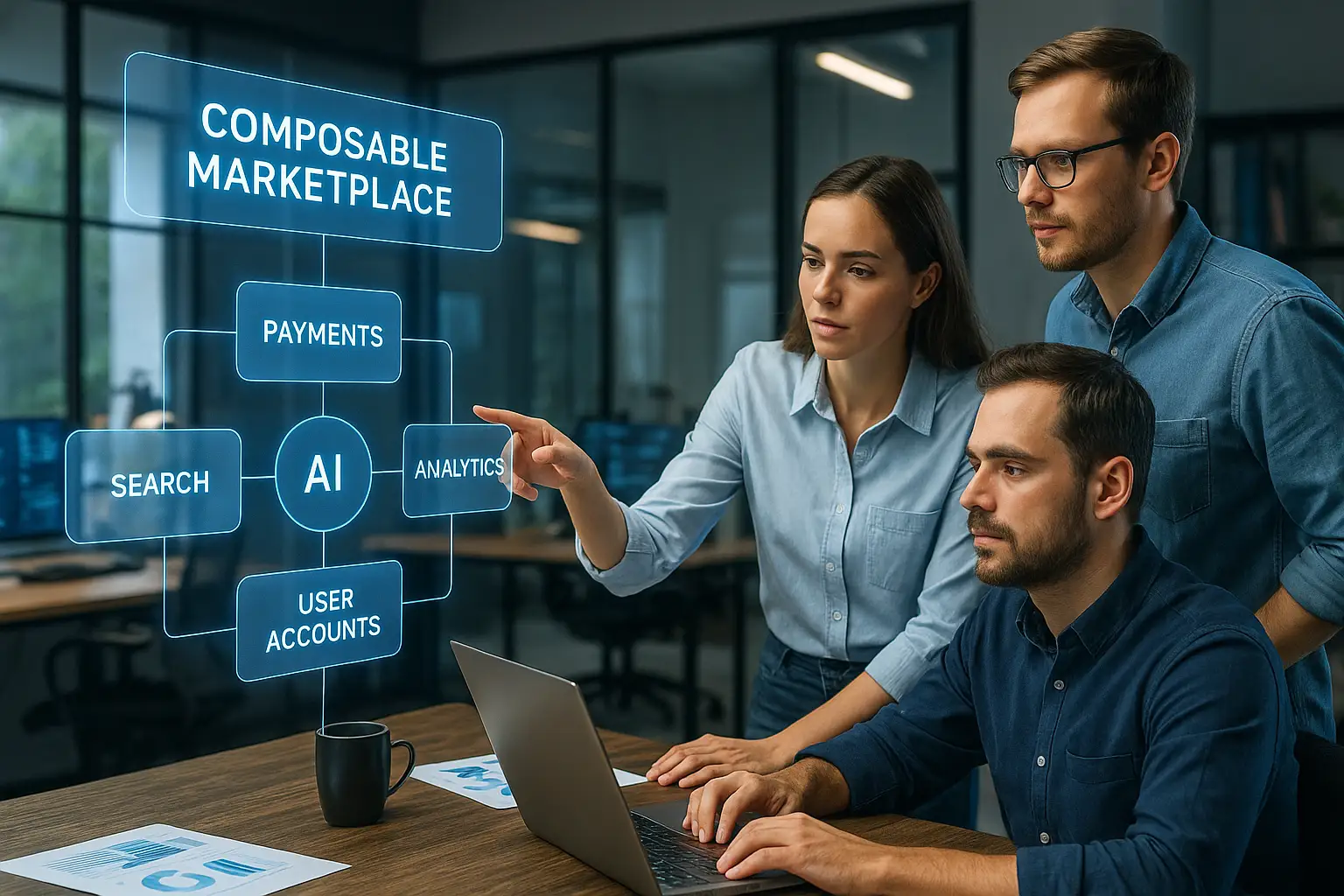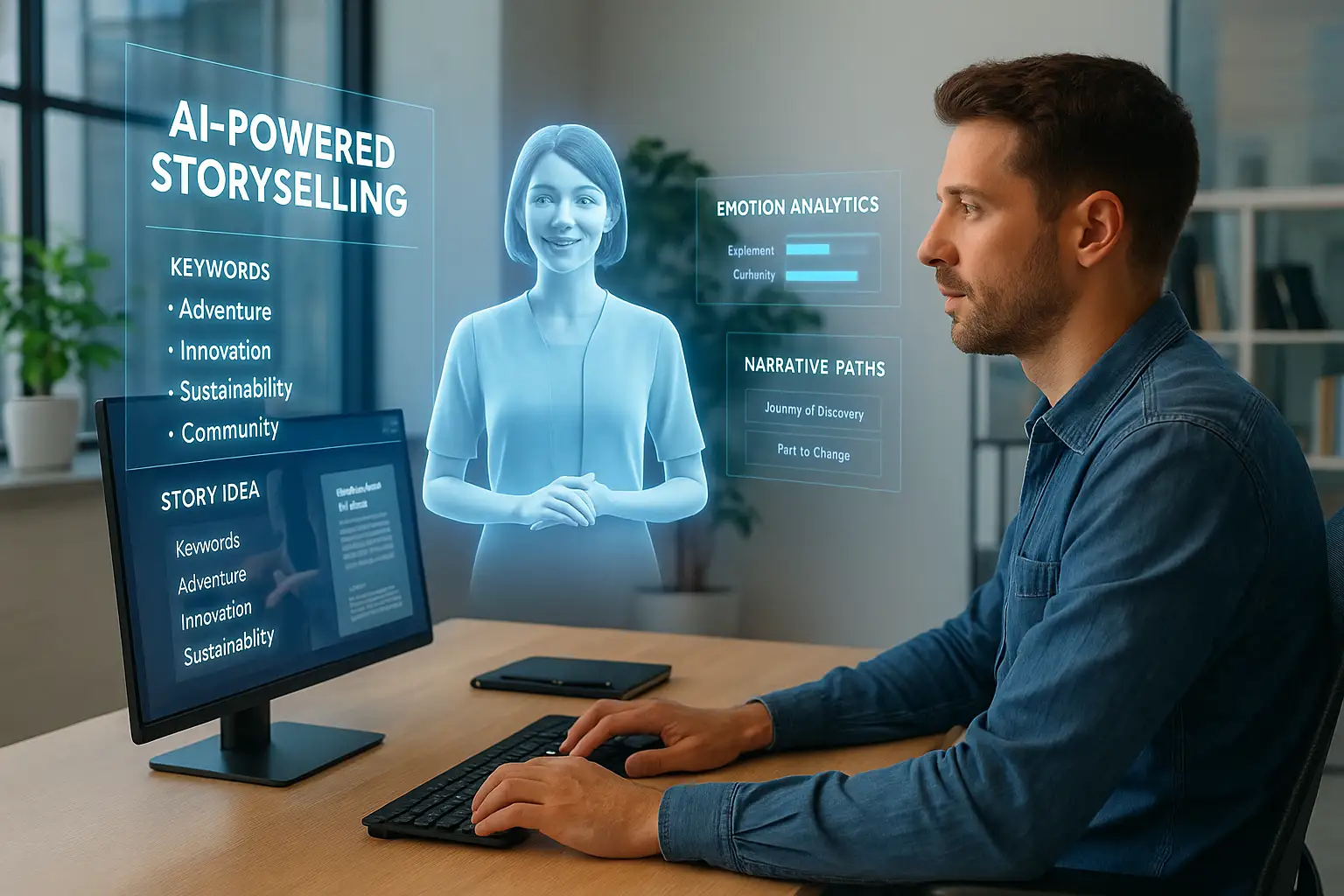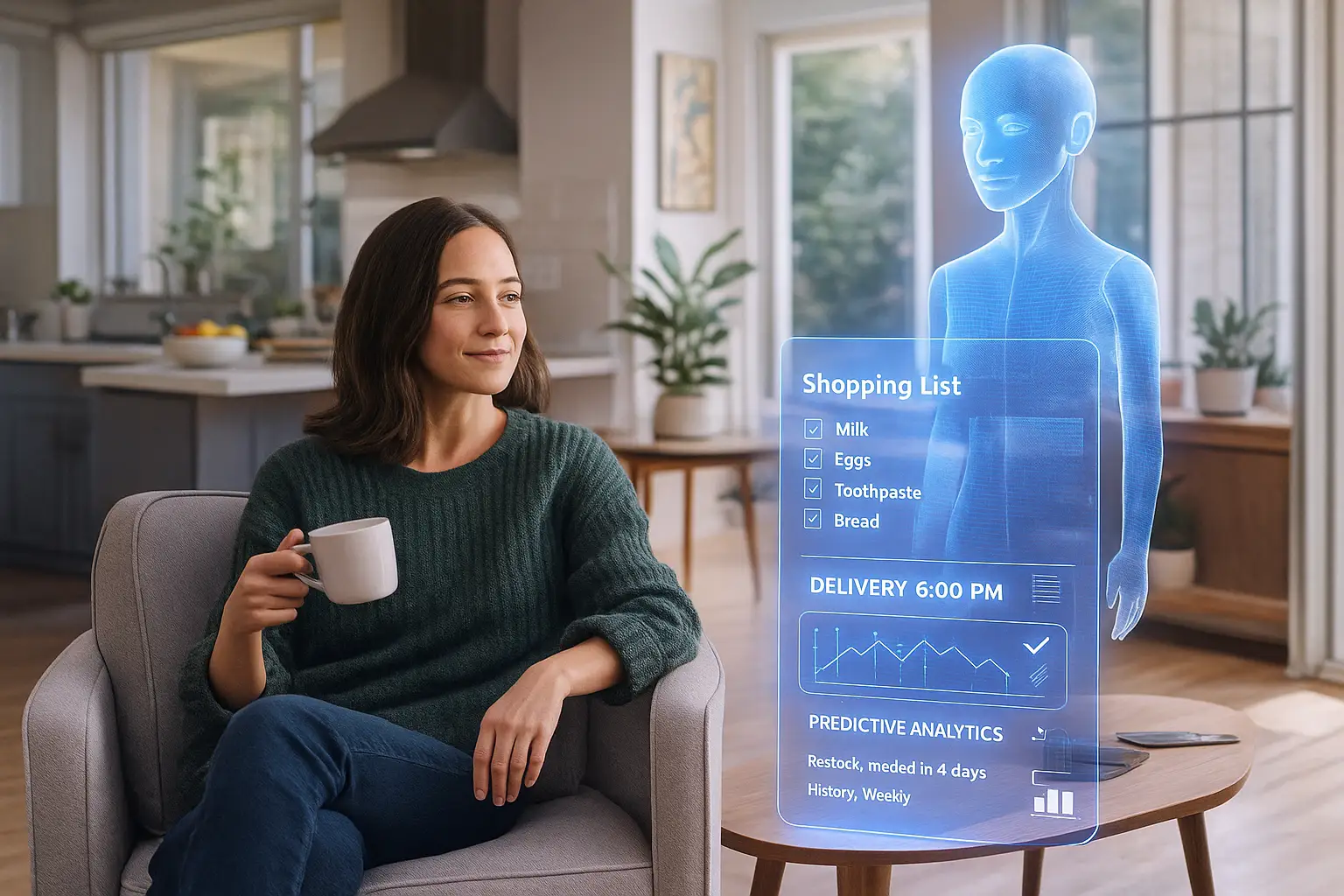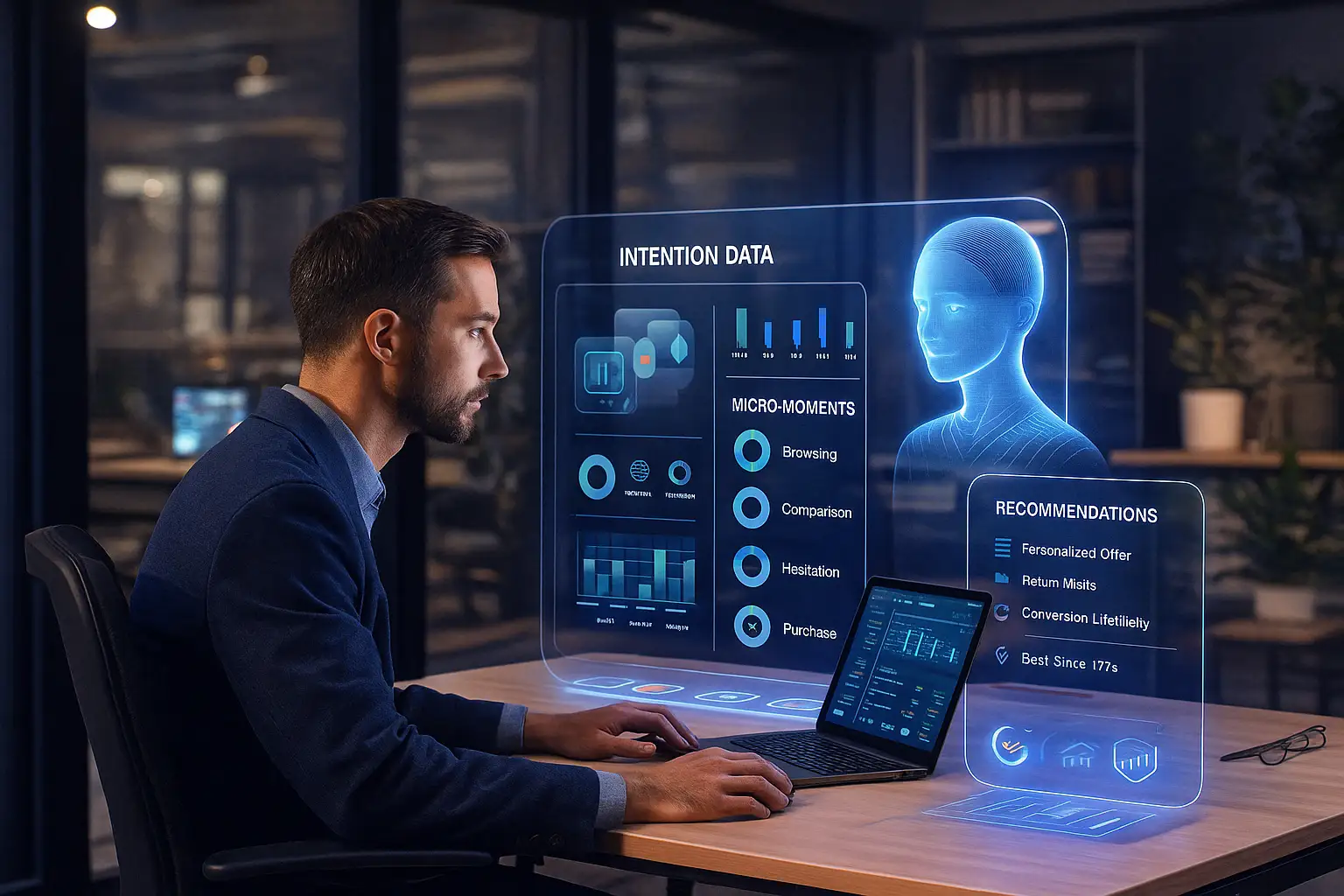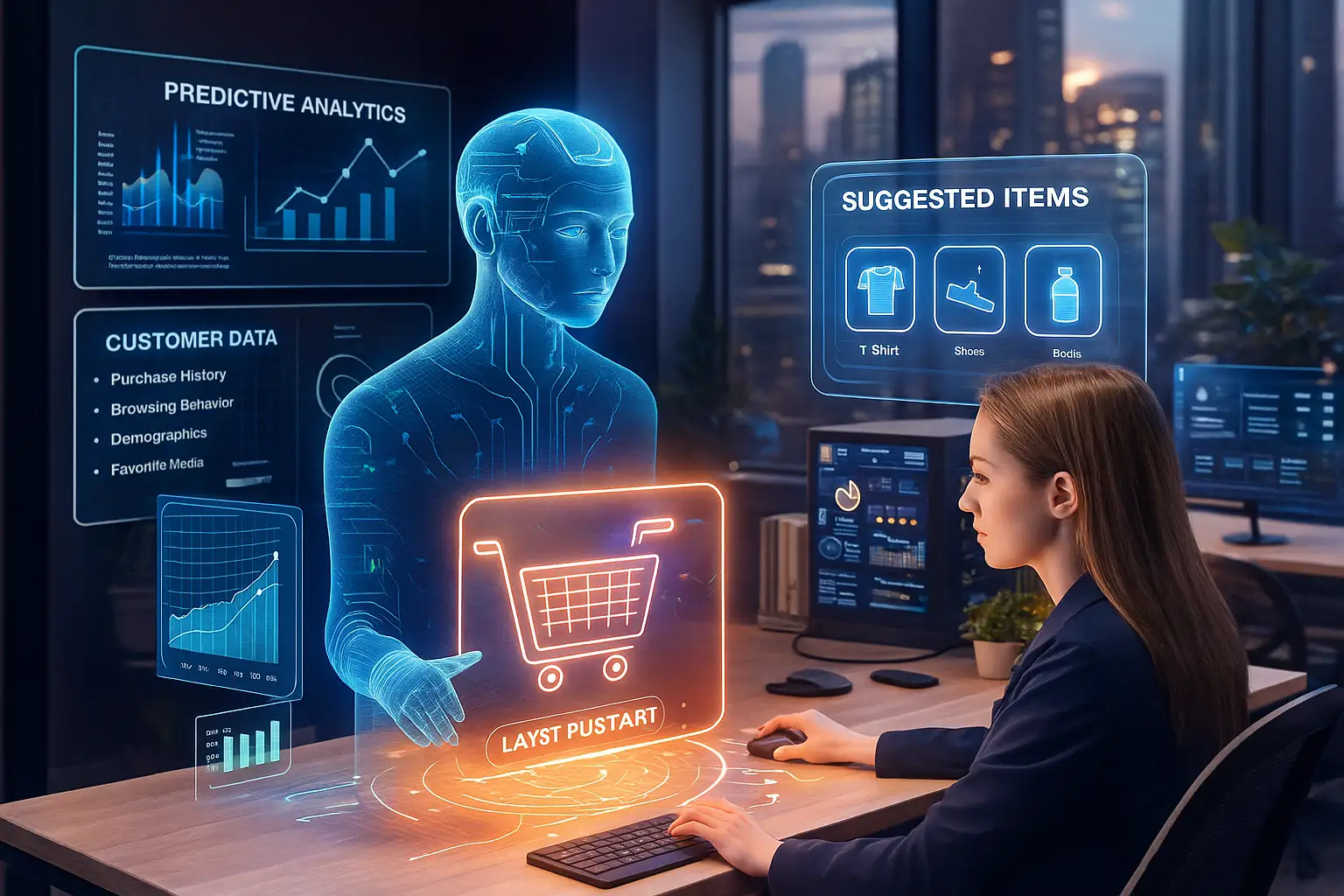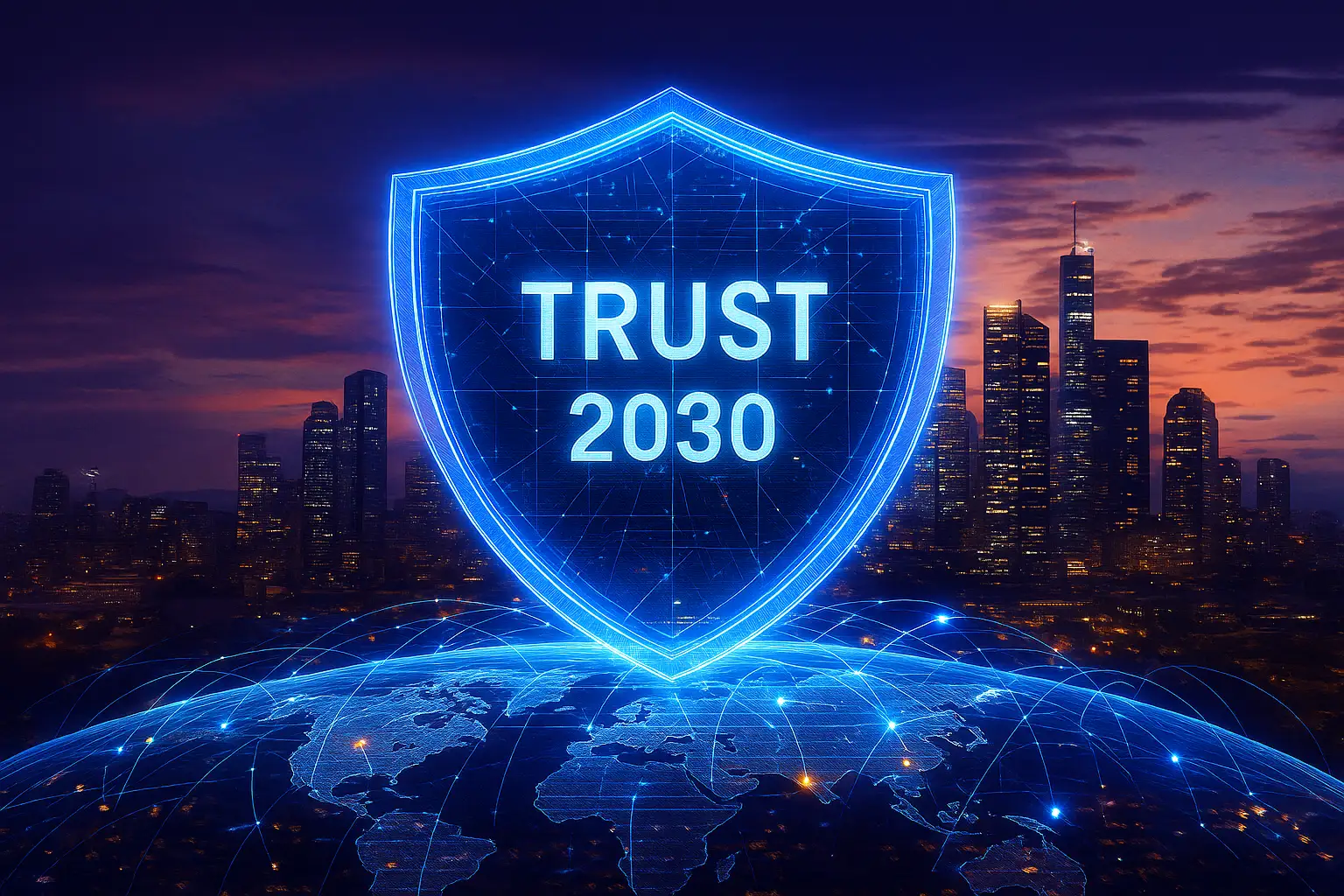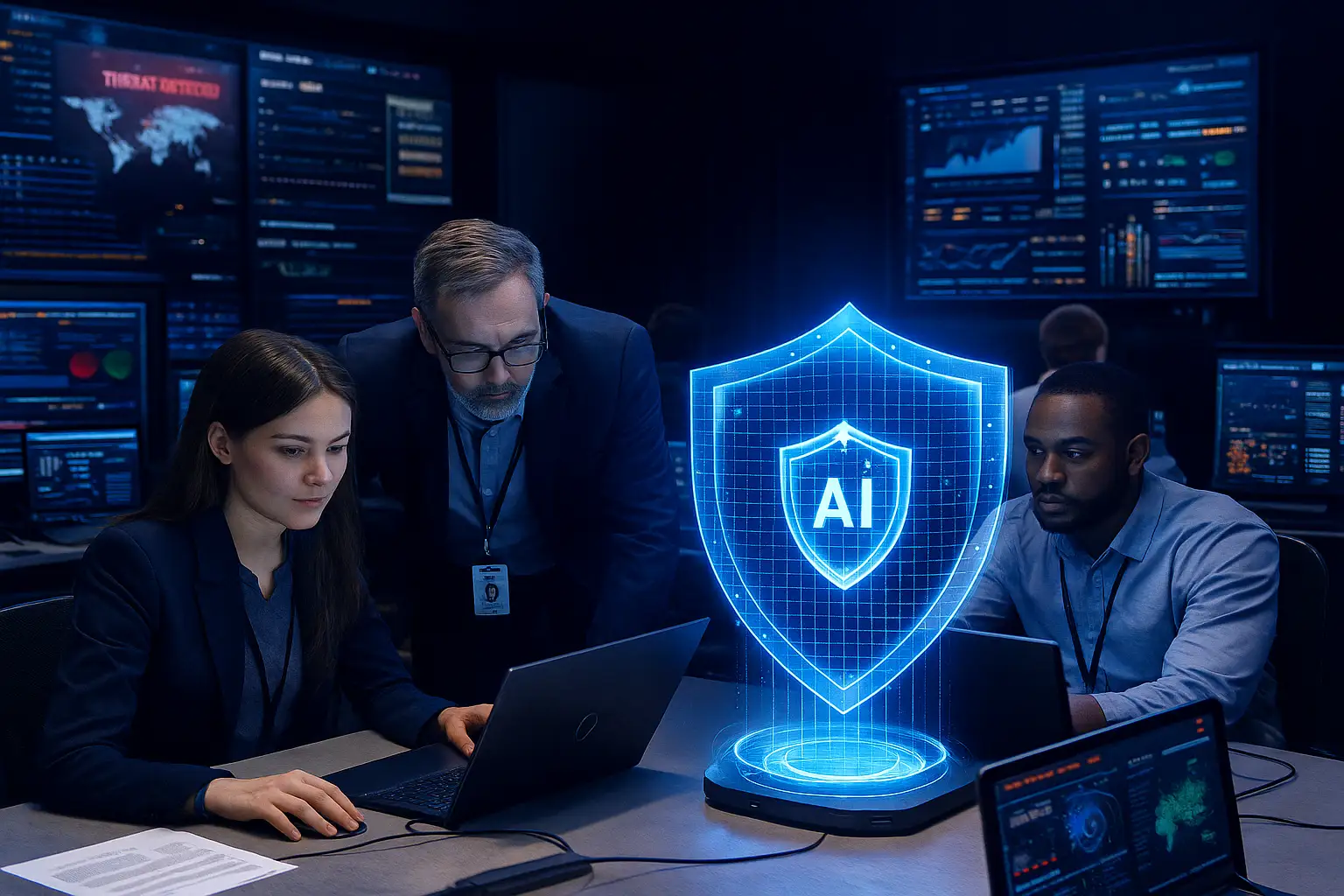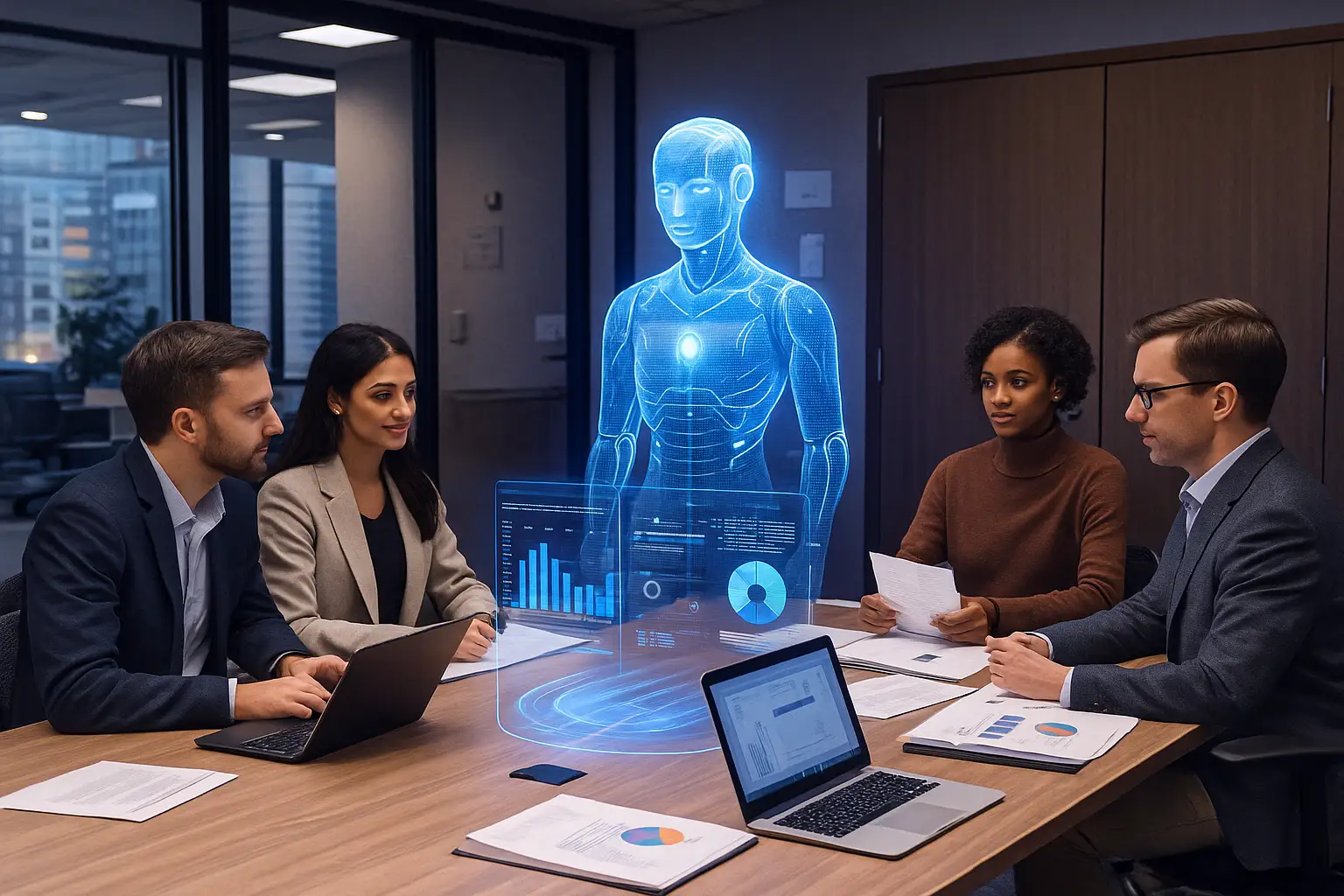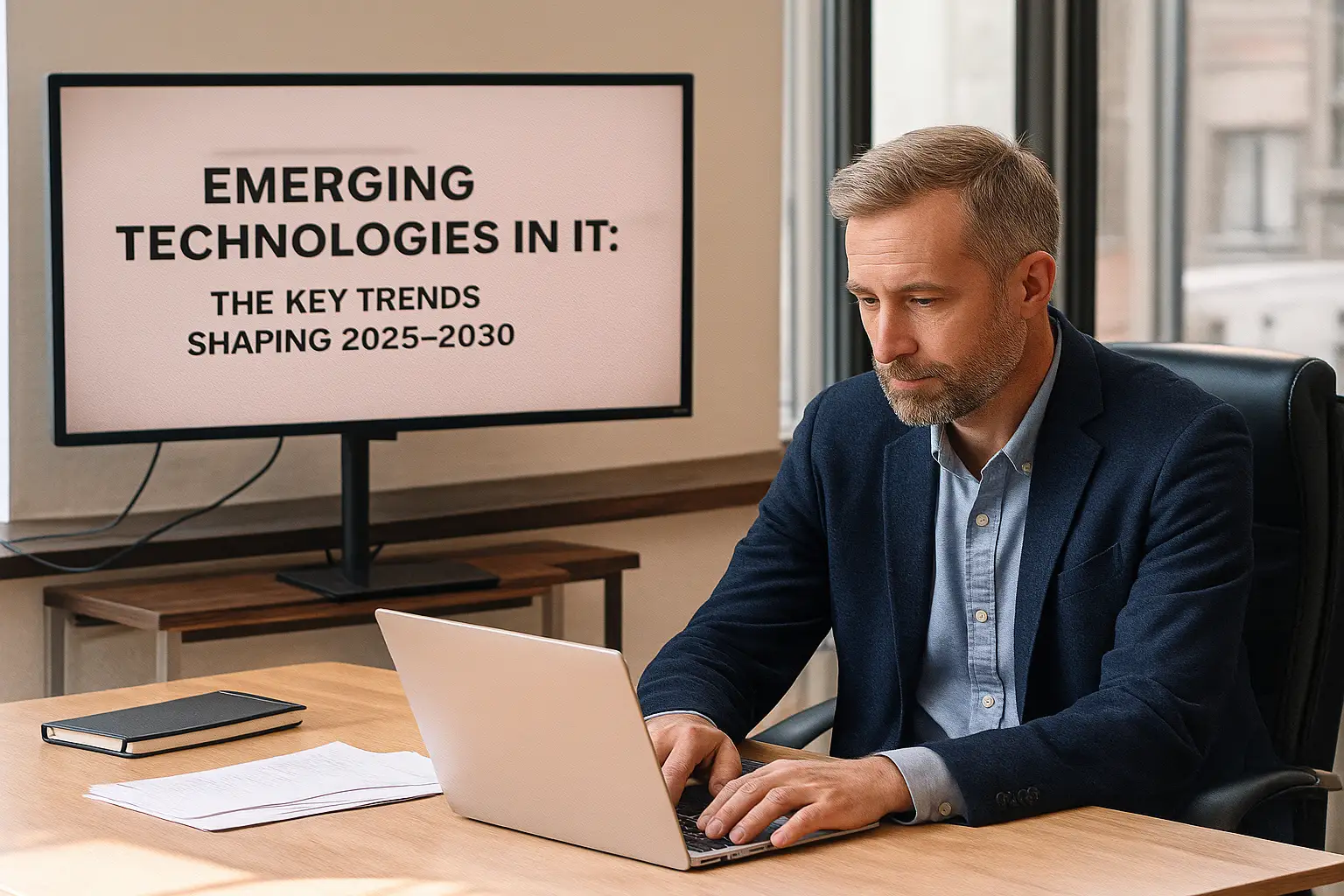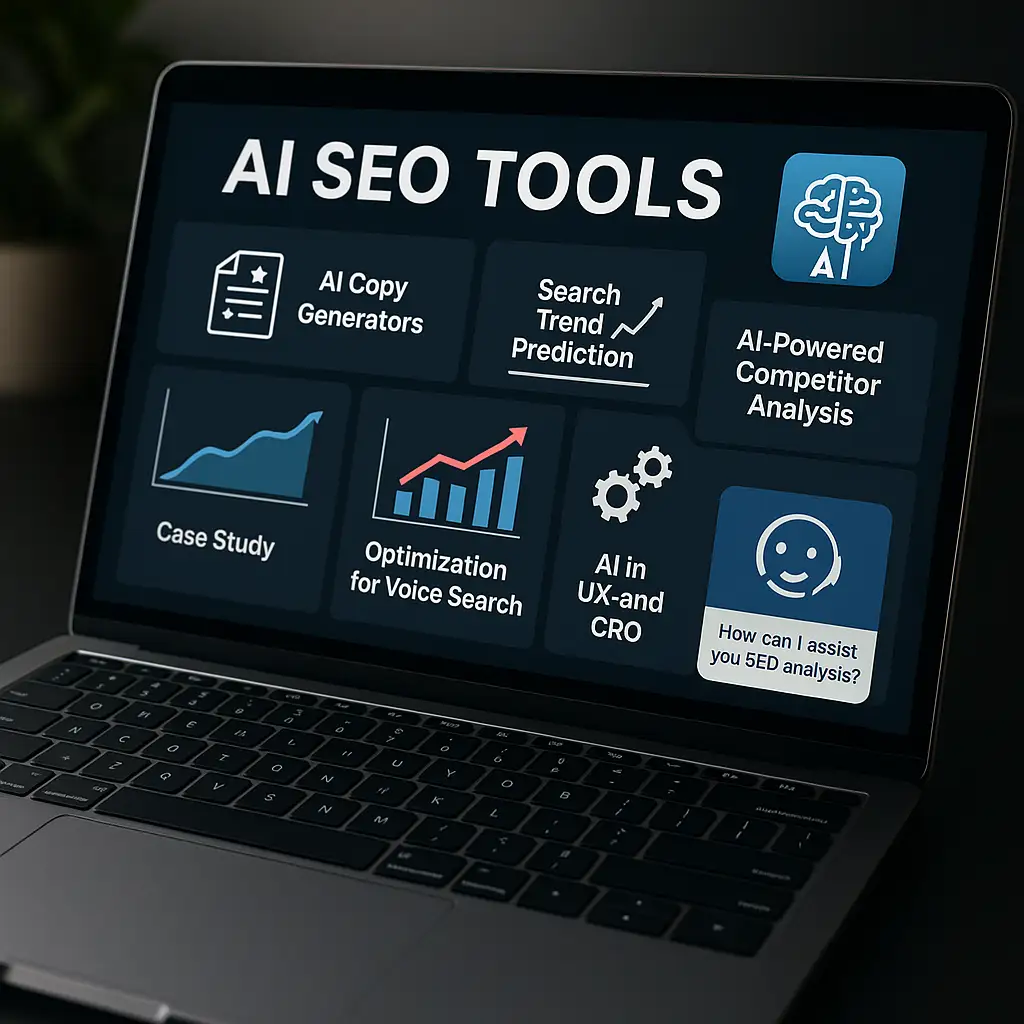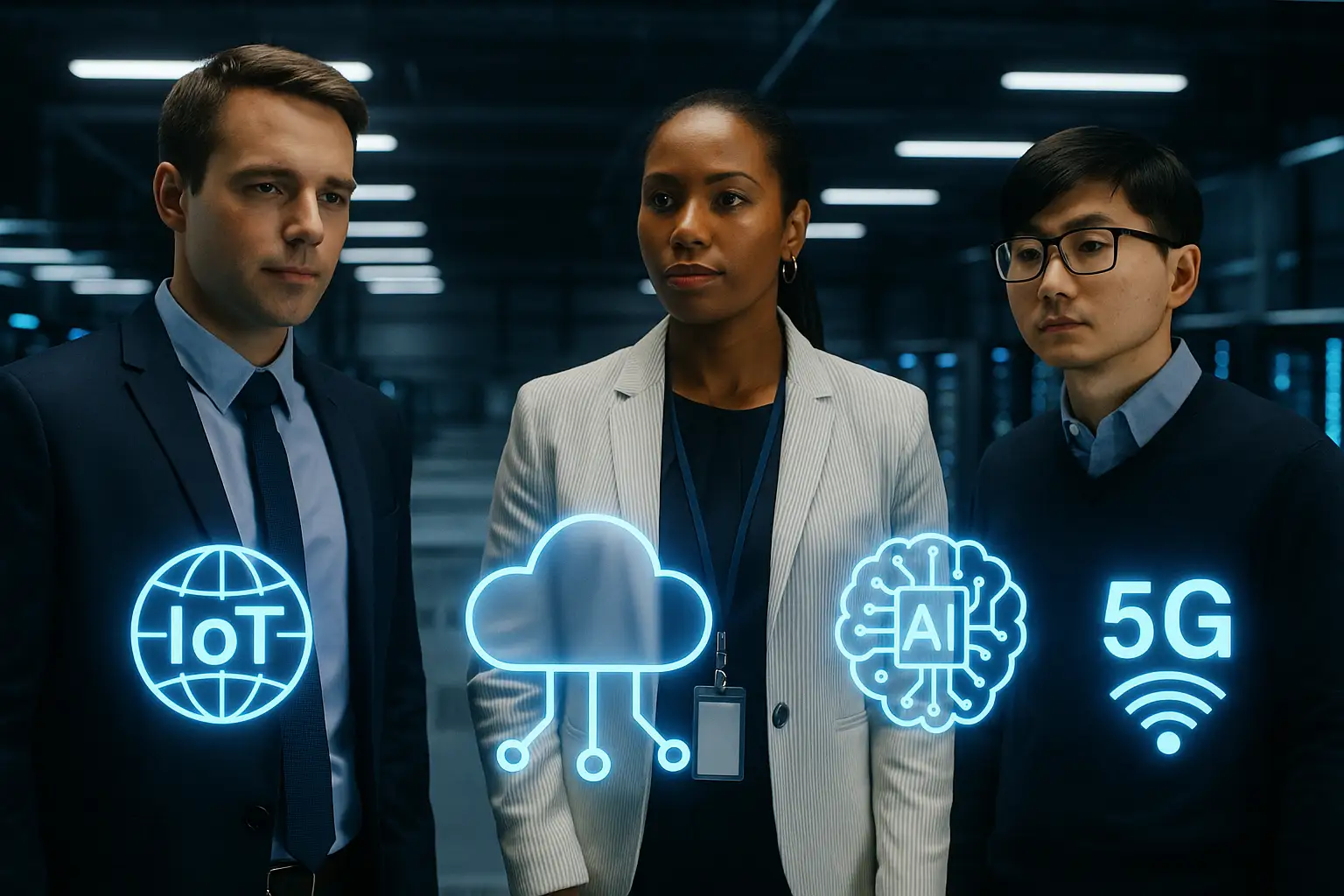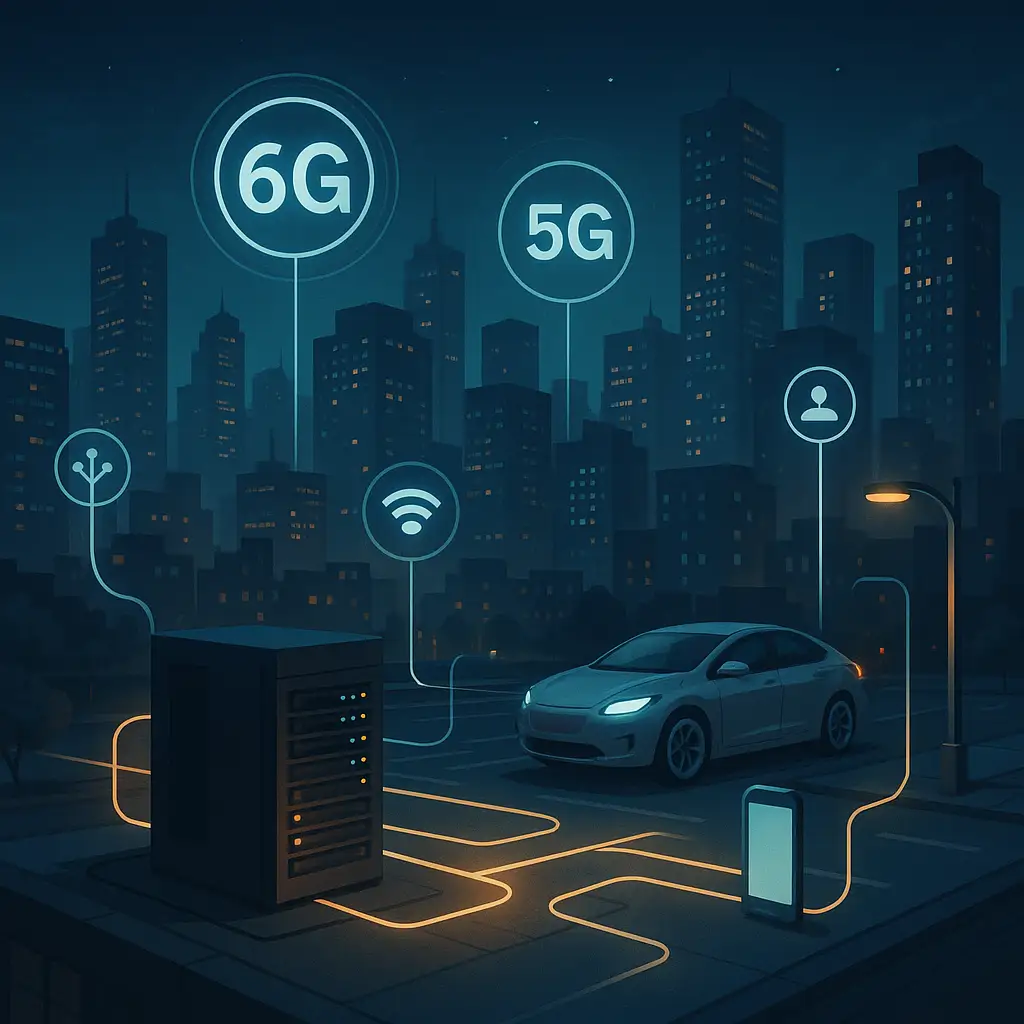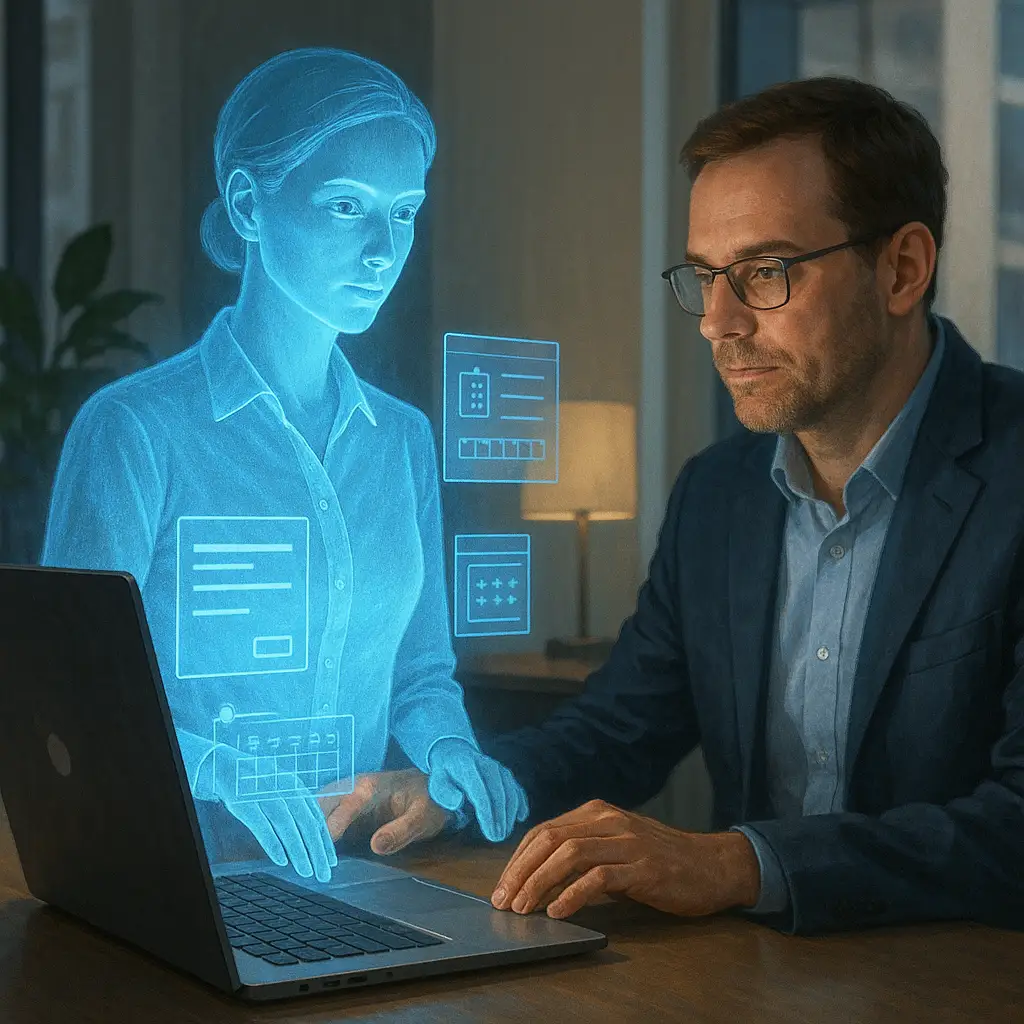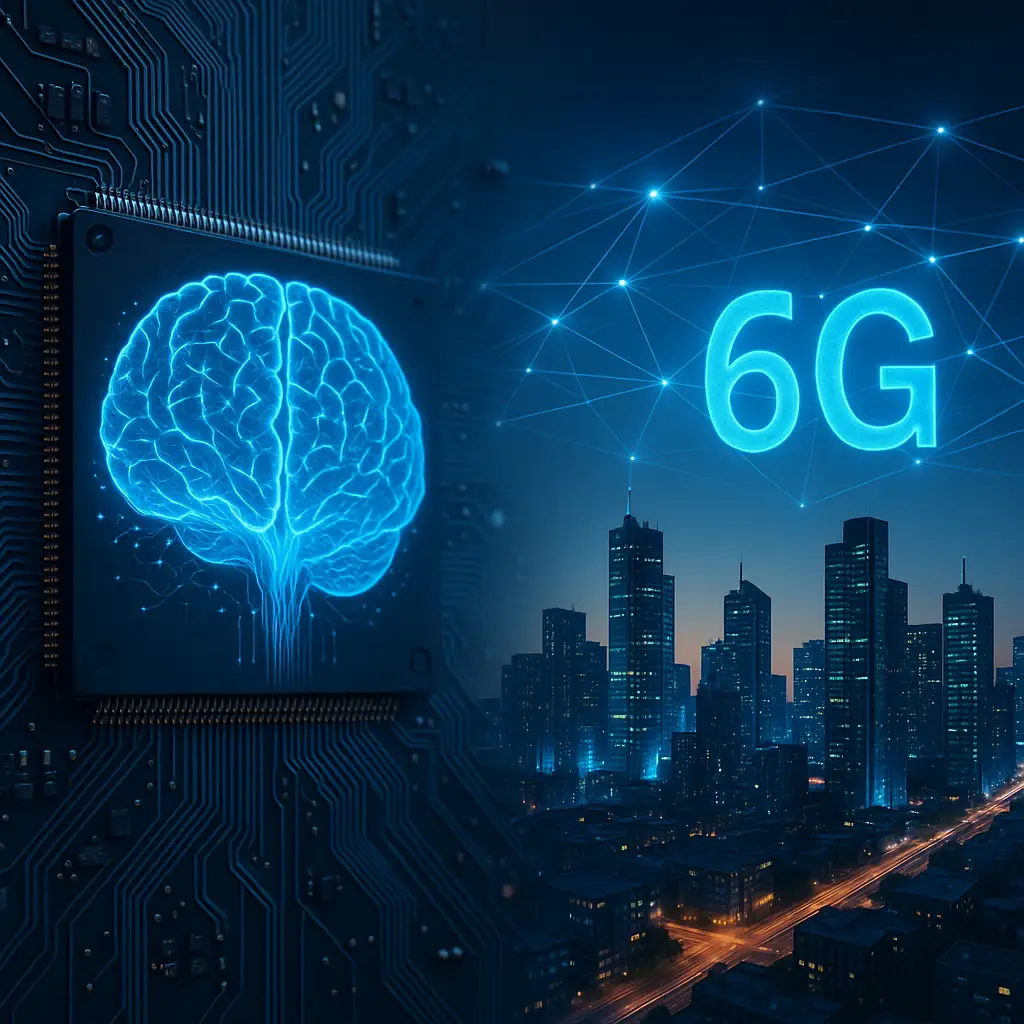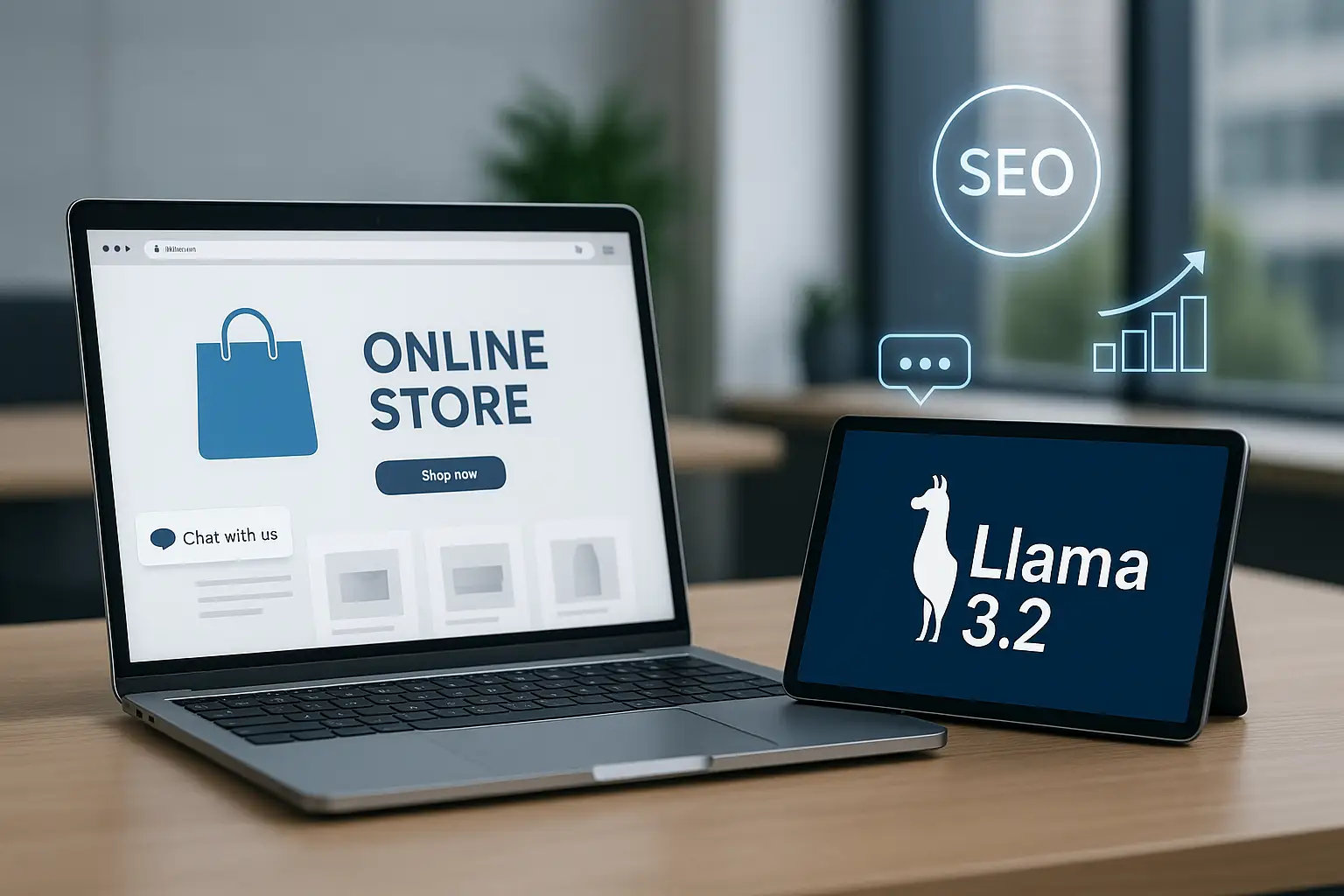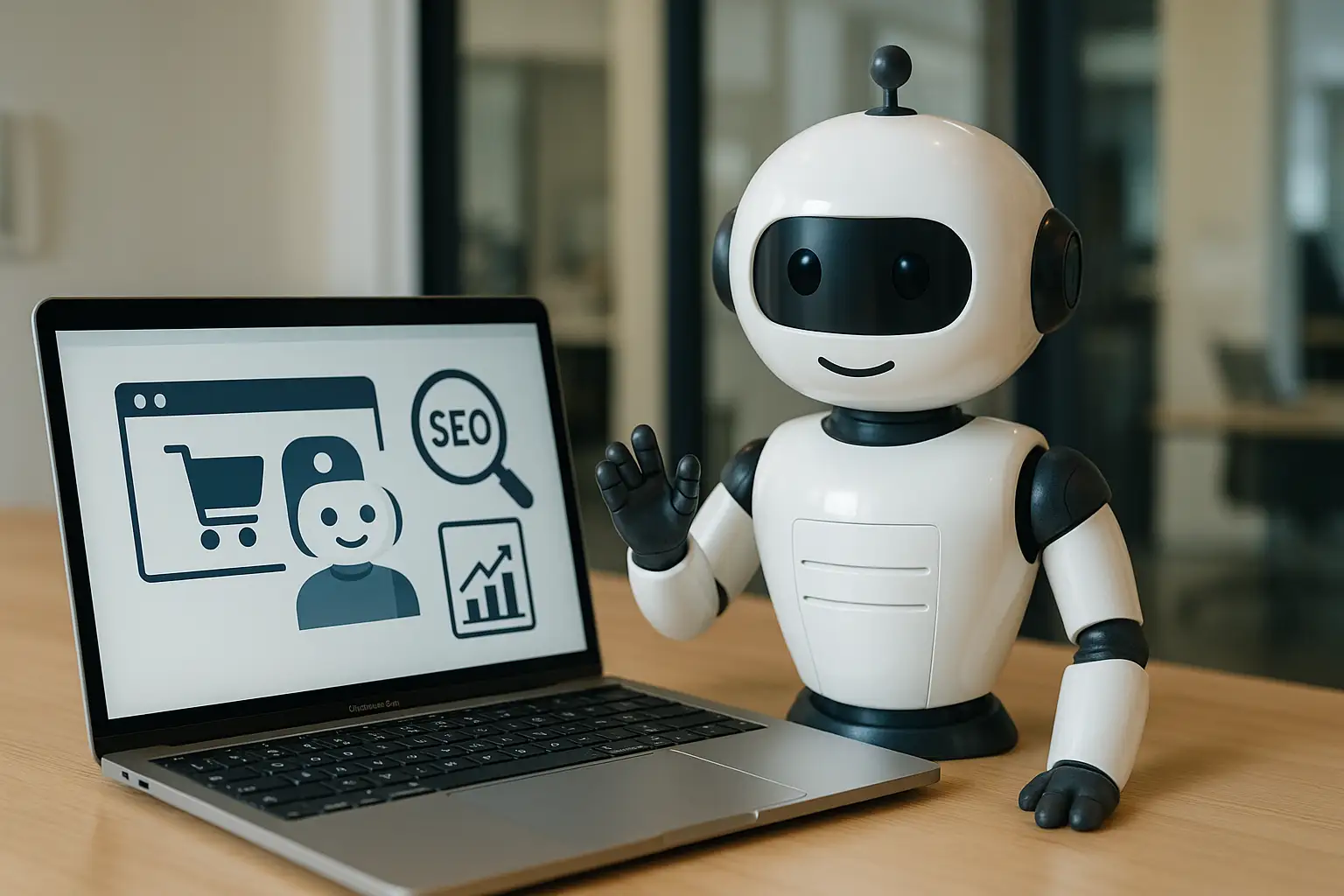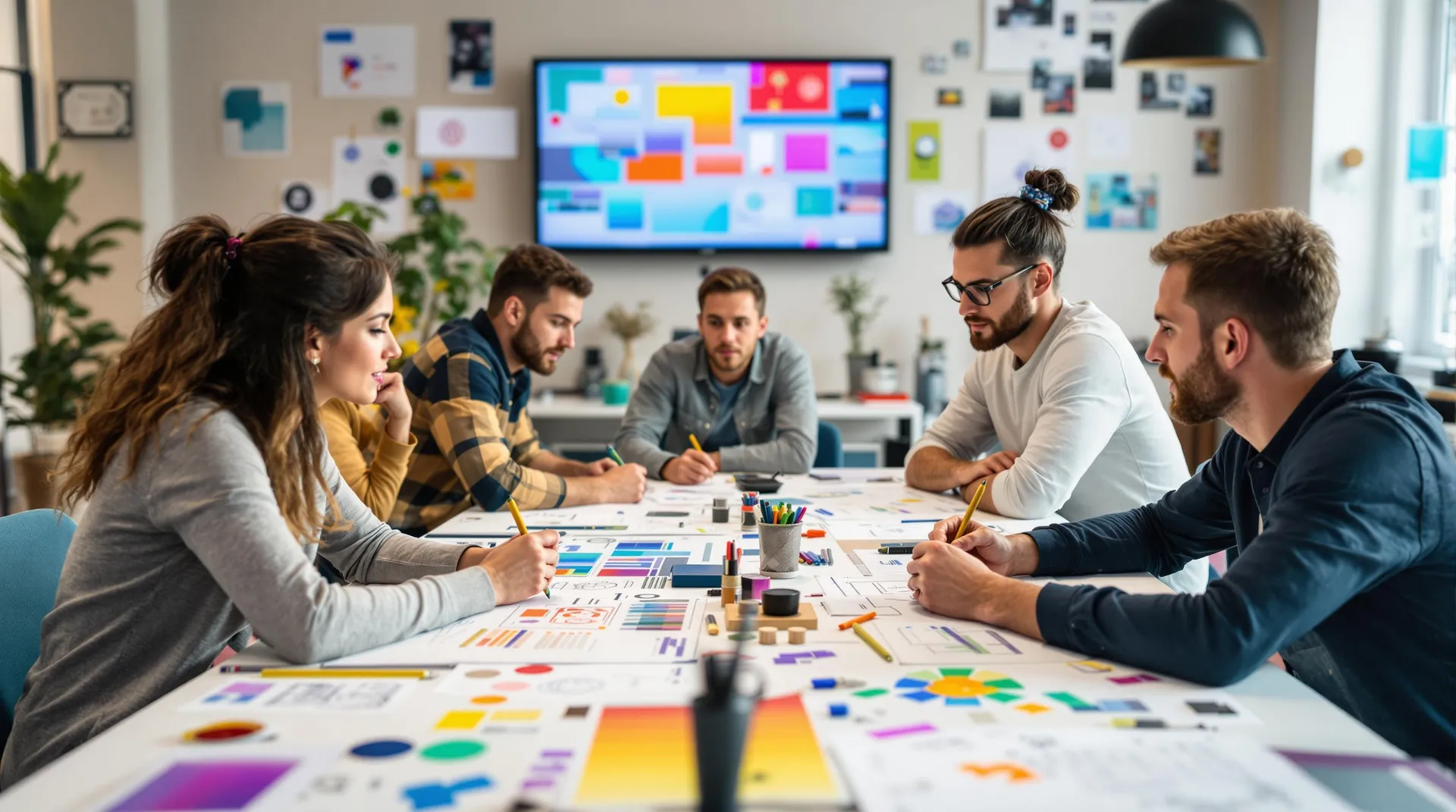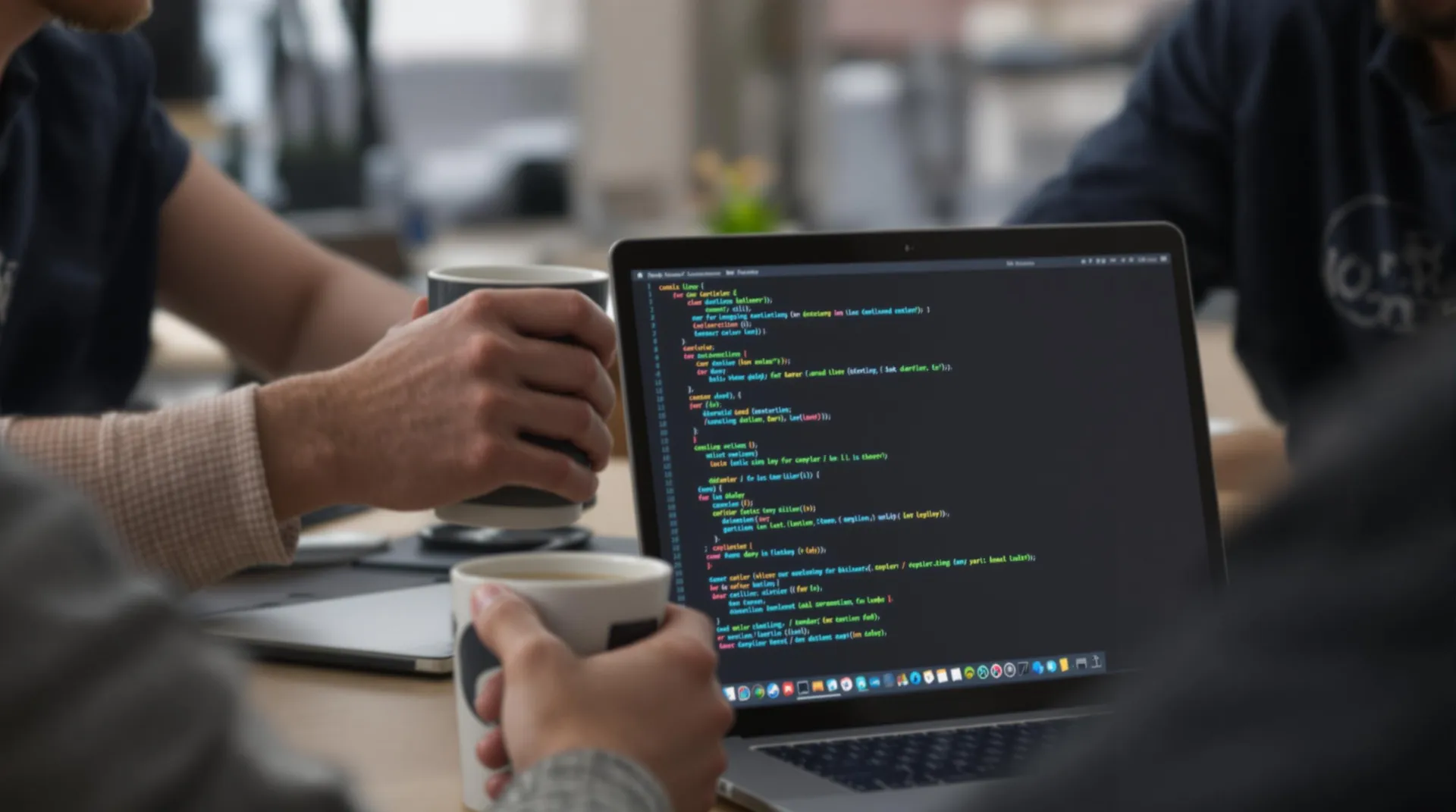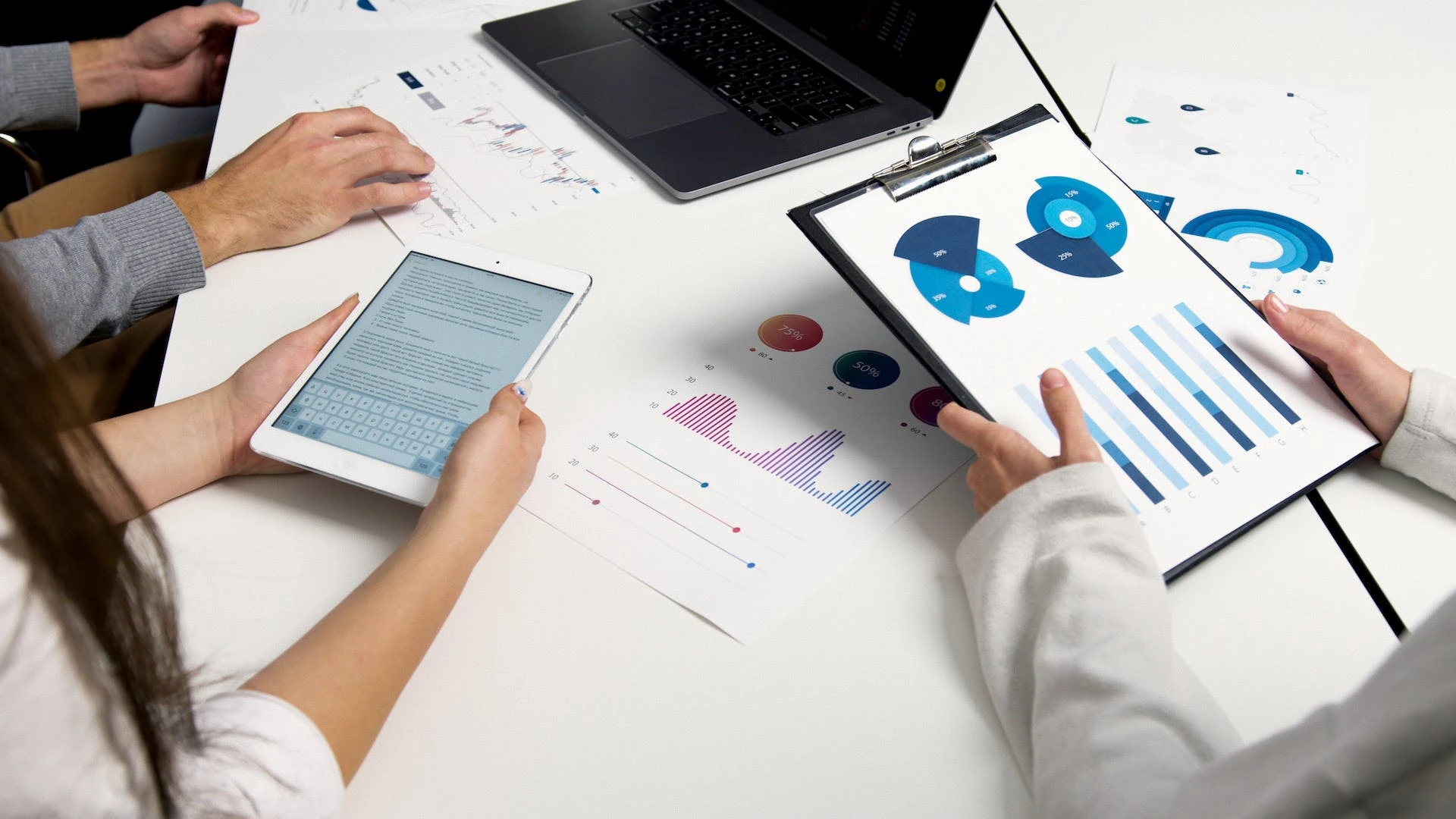Green IT: How the Tech Industry Must Adapt for a Sustainable Future
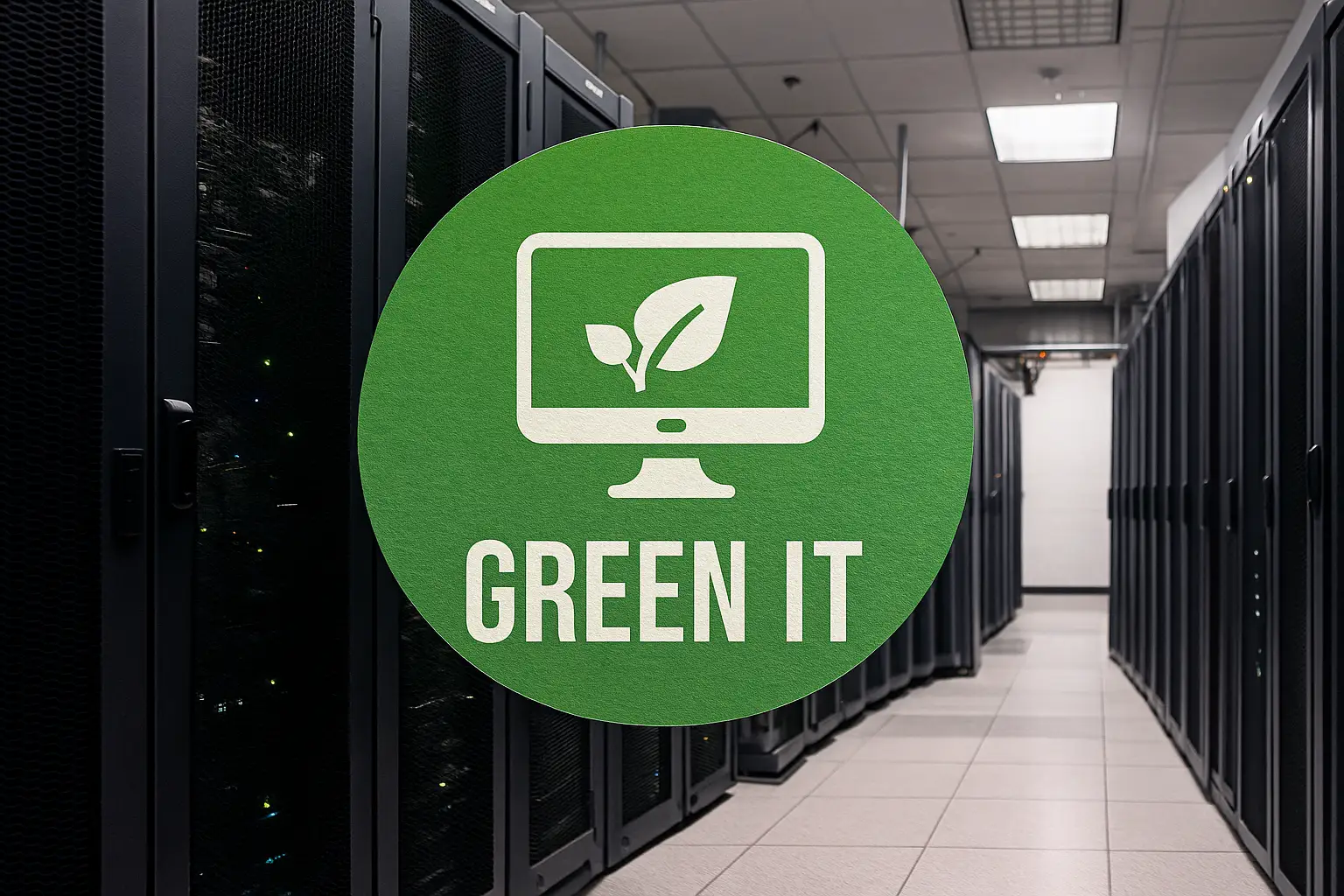
Green IT: How the Tech Industry Must Adapt for a Sustainable Future
Introduction
The IT industry has always been synonymous with progress. From the early days of mainframes to the rise of personal computers, from cloud computing to artificial intelligence, technology has driven innovation, productivity, and growth across every sector. Yet, with this rapid evolution comes an uncomfortable truth: IT is no longer an invisible enabler. It has become one of the world’s most resource-intensive industries.
Data centers consume more electricity than entire countries. Training a single large AI model can release as much carbon dioxide as the lifetime emissions of five cars. Billions of connected devices generate constant demand for processing, networking, and storage. If the global IT sector were a country, its carbon footprint would already rival that of aviation.
This is why Green IT, or sustainable technology, has shifted from a buzzword to a business and regulatory necessity. In the next decade, companies that embrace sustainable IT practices will not only reduce costs and emissions but also unlock competitive advantages and meet the growing expectations of customers, investors, and governments.
1. Why Sustainability Matters in IT
The conversation around sustainability has often focused on transportation, manufacturing, or agriculture. Yet the digital world is just as energy-hungry.
- Data centers already account for more than 2% of global electricity consumption. Projections suggest this could rise to 8% by 2030 if unchecked.
- Artificial intelligence is a major driver: training GPT-class models requires thousands of GPUs running for weeks, consuming gigawatt-hours of electricity.
- E-waste is another silent crisis. More than 50 million tons of electronic waste are generated annually, and less than 20% is recycled properly.
As governments set net-zero targets, IT will come under increasing scrutiny. From software developers to CIOs, everyone in the industry must think about the environmental impact of their decisions.
2. The Rise of Green Data Centers
At the heart of the sustainability challenge lies the data center. These facilities are the “factories” of the digital economy, powering cloud services, AI, and global connectivity.
Innovations shaping greener infrastructure:
- Liquid cooling: replacing traditional air cooling with immersion or direct-to-chip liquid systems reduces energy consumption by up to 40%.
- Renewable energy sourcing: hyperscalers like Google, Microsoft, and Amazon commit to running their data centers on 100% renewable energy.
- Location optimization: building facilities in colder climates reduces cooling costs; placing them near renewable power sources minimizes transmission losses.
- Circular hardware management: refurbishing servers, reusing components, and extending lifecycle reduces both e-waste and emissions.
Green data centers are not just environmentally friendly — they are increasingly cost-efficient, creating savings that improve competitiveness.
3. Software Sustainability: Efficiency by Design
Hardware efficiency is only part of the story. Software developers hold the keys to reducing the energy demands of IT systems.
Principles of sustainable software:
- Energy-efficient algorithms: optimizing for lower computational complexity can cut resource consumption dramatically.
- Carbon-aware computing: scheduling intensive tasks during hours when renewable energy supply is high.
- Lightweight design: reducing unnecessary features, excessive code, and bloated libraries.
- Serverless computing: automatically scaling resources to avoid idle capacity.
The future of Green IT depends as much on coding practices as on hardware innovation. Every inefficient line of code becomes multiplied across billions of devices worldwide.
4. Artificial Intelligence and Green IT
AI itself is both a challenge and a solution. While large models demand massive computational power, AI can also help reduce the environmental impact of IT systems.
AI for sustainability includes:
- Predictive cooling: AI models optimize HVAC systems in data centers, reducing energy use.
- Dynamic workload distribution: shifting processing to regions with surplus renewable energy.
- Smart grids: balancing energy demand and supply in real time.
- Resource optimization: from manufacturing to logistics, AI reduces waste and emissions globally.
The paradox is clear: while AI consumes resources, it can also enable the systemic efficiency required for sustainable IT. The challenge is finding the right balance.
5. The Role of Cloud and Edge Computing
The cloud was once seen as the greener alternative to on-premises infrastructure. While this is still true in many cases, the rise of edge computing adds complexity.
- Cloud computing: hyperscale providers achieve efficiency through scale and advanced technologies.
- Edge computing: moving workloads closer to the user reduces latency and network load but risks creating “mini data centers” everywhere.
The future lies in hybrid cloud-edge models, where smart orchestration ensures workloads are placed where they consume the least energy without sacrificing performance.
6. Circular Economy in IT
The IT industry’s e-waste problem is growing. Millions of smartphones, laptops, and servers are discarded every year, often ending up in landfills.
Circular economy solutions:
- Modular design: devices designed for easy repair and upgrades.
- Recycling rare earth metals: recovering valuable components like cobalt, lithium, and gold.
- Extended producer responsibility: regulations forcing manufacturers to take back and recycle devices.
- Second-life IT hardware: using refurbished devices in less critical environments.
A circular economy approach not only reduces environmental impact but also lowers costs and creates new business opportunities.
7. Regulations and Global Initiatives
Governments and regulators are stepping in to enforce sustainable practices in IT:
- EU Green Deal: includes digital product passports and stricter e-waste directives.
- Carbon disclosure requirements: more countries demand reporting on IT-related emissions.
- Sustainable finance: investors increasingly evaluate tech companies based on ESG metrics.
Compliance is no longer optional. Companies that fail to align with these frameworks risk financial penalties, reputational damage, and loss of market access.
8. Business Imperatives: Why Companies Must Care
Sustainability in IT is not just about compliance. It directly impacts competitiveness.
- Cost savings: energy-efficient infrastructure lowers operational expenses.
- Customer expectations: eco-conscious buyers demand greener products and services.
- Employer branding: younger generations want to work for companies with purpose.
- Innovation opportunities: sustainable solutions often unlock new revenue streams.
Green IT is becoming a strategic differentiator rather than a side project.
9. Future Outlook: Green IT in 2025–2030
What will the next five years bring?
- Net-zero data centers powered by renewables and cooled by advanced systems.
- AI-driven sustainability monitoring across entire supply chains.
- Mandatory carbon reporting for software, not just hardware.
- Widespread carbon-aware scheduling in cloud platforms.
- Global circular economy standards for devices and components.
Sustainability will move from being a competitive edge to a license to operate. Companies that adapt early will thrive; those that lag behind may not survive.
Conclusion
The digital revolution has delivered unprecedented benefits, but it has also created an environmental burden that can no longer be ignored. Green IT is not an option; it is an imperative.
From greener data centers and carbon-aware software to circular economy principles and regulatory compliance, every layer of IT must evolve. The industry’s ability to innovate sustainably will determine not only its future but also the planet’s.
Businesses that embrace this shift will save costs, win customers, attract talent, and secure resilience in an uncertain world. Those that resist may soon find themselves disrupted — not by competitors, but by the limits of our environment.
The future of technology is sustainable. The question is: will your organization be ready to lead it?

